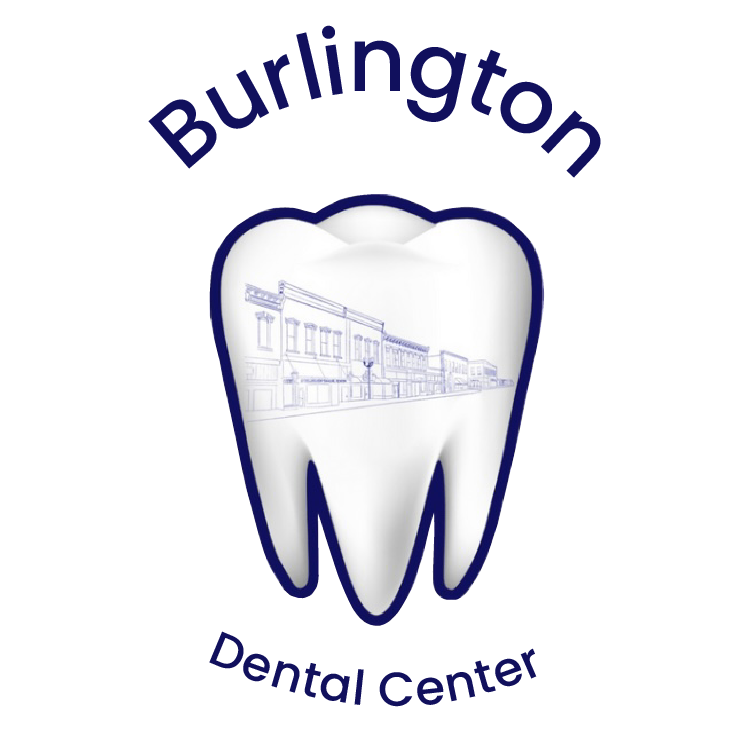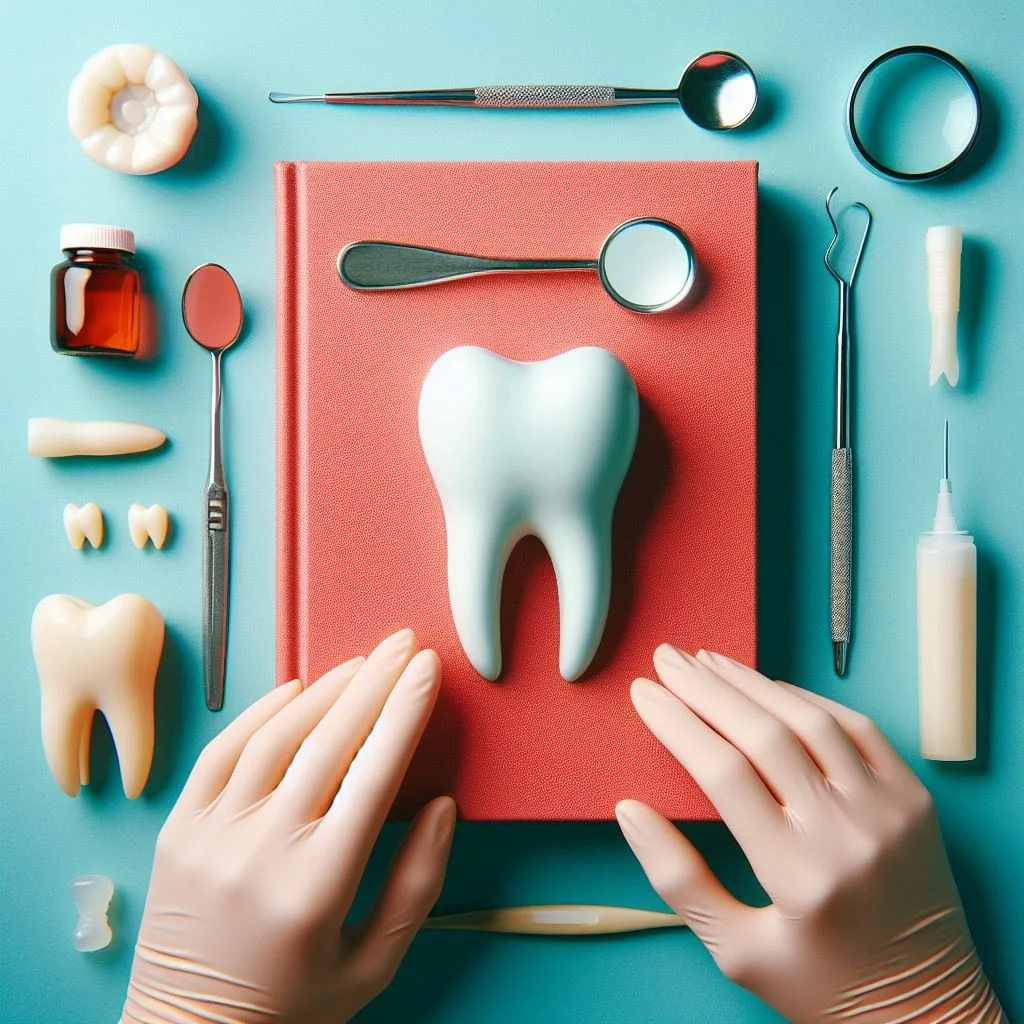Teeth play a crucial role in our overall health and daily life. They are not only essential for chewing and speaking, but also contribute significantly to our facial structure and appearance.
Understanding the composition of teeth is key to appreciating their function and the importance of dental care.
In this article, we'll explore what teeth are made of, focusing on their different parts and the materials that compose them. This knowledge can help us better understand dental health and the importance of caring for our teeth.
Quick Answer: What Are Teeth Made Of?
Teeth are primarily made of three key materials: enamel, dentin, and pulp.
Enamel, the hardest substance in the human body, forms the tooth's outer layer and is composed mainly of hydroxyapatite, a crystalline structure of calcium and phosphate.
Beneath the enamel lies dentin, a porous substance made of collagen, hydroxyapatite, and water.
Lastly, the innermost part, the pulp, contains nerves and blood vessels.
Basic Anatomy of a Tooth
Enamel:
Enamel is the hardest and outermost layer of a tooth. It's the first line of defense against physical and chemical damage.
Composition: Enamel is primarily made of hydroxyapatite, which is a crystalline structure consisting of calcium and phosphate. This mineral composition gives enamel its strength and durability, making it capable of withstanding the forces of biting and chewing.
Dentin:
Located beneath the enamel, dentin constitutes most of the tooth's structure. It's less dense than enamel and plays a crucial role in supporting it.
Composition: Dentin is a porous substance made up of collagen (a type of protein), hydroxyapatite, and water. These components give dentin a degree of flexibility, allowing it to absorb some of the stress placed on teeth.
Pulp:
The pulp is the innermost part of the tooth. It's where the tooth's nerves and blood vessels are located, making it the center for the tooth's vitality.
Composition: Pulp is a soft tissue consisting of nerves, blood vessels, and connective tissue. It's responsible for nourishing the tooth and providing sensory function.
Understanding these three fundamental components of a tooth – enamel, dentin, and pulp – is essential for grasping how teeth function and why they are susceptible to certain dental issues such as decay and sensitivity.
Supporting Structures
Cementum:
Cementum is the layer that covers the root of the tooth, playing a vital role in anchoring the tooth to the jawbone through the periodontal ligament.
Composition: It is similar in composition to dentin but is less dense. Cementum is mainly composed of hydroxyapatite, collagen, and water. This structure provides a medium for the attachment of the periodontal ligament to the tooth.
Periodontal Ligament:
This crucial structure connects the tooth to the jawbone. It acts as a shock absorber during biting and chewing, which protects the tooth from excessive force.
Composition: The periodontal ligament is made of fibrous tissue, predominantly collagen fibers. These fibers interweave between the tooth's cementum and the jawbone, providing support and flexibility.
Variations in Tooth Composition
Differences Among Types of Teeth
The composition of teeth can vary slightly depending on their type and function. For example, molars, which are used for grinding food, typically have a thicker layer of enamel and more developed roots compared to incisors, which are used for cutting food.
The structure of the pulp varies as well; teeth that are more prone to wear, like molars, often have smaller pulp chambers compared to front teeth like incisors and canines.
Changes Due to Age, Diet, and Oral Hygiene
As a person ages, their teeth often undergo compositional changes. For example, enamel can wear down, exposing more of the dentin, while the pulp chamber can reduce in size.
Diet and oral hygiene also play significant roles in the health and composition of teeth. Diets high in acidic foods or poor oral hygiene can lead to enamel erosion, while a diet rich in calcium and proper oral care can help maintain strong enamel and healthy teeth.
Additionally, factors like tooth decay and dental restorations (like fillings and crowns) can alter the natural composition and structure of teeth.
Understanding the variations in tooth composition and how they can change over time provides insight into the importance of tailored dental care and preventive measures for different types of teeth and at different life stages.
Tooth Enamel & Its Unique Properties
Enamel's Remarkable Hardness:
Tooth enamel is the hardest substance in the human body, even harder than bone. Its hardness is primarily due to its high mineral content, with hydroxyapatite crystals making up the majority of its structure.
This exceptional hardness enables enamel to withstand the forces of biting and chewing, protecting the underlying softer dentin and pulp.
Enamel's Protective Role:
Enamel acts as the first line of defense against tooth decay and wear. It shields the teeth from the effects of acids and sugars that can cause cavities.
Despite its hardness, enamel is vulnerable to erosion from acidic foods and beverages, as well as wear from bruxism (teeth grinding). Once enamel is worn away, it does not regenerate, making its preservation vital.
The Role of Dentin in Tooth Health
Dentin's Supportive Function:
Dentin is the layer beneath enamel and forms the bulk of a tooth's structure. It provides support to the enamel and absorbs the stresses placed on teeth during daily activities.
Unlike enamel, dentin is slightly more porous and softer, which makes it less resistant to decay once exposed.
Understanding Dentin Sensitivity:
Dentin contains tiny tubules that lead to the tooth's nerve. When dentin is exposed due to enamel erosion or receding gums, these tubules can transmit sensations from hot, cold, sweet, or acidic foods directly to the nerve, causing sensitivity.
Managing dentin sensitivity often involves using toothpaste specifically formulated for sensitive teeth, which helps block the tubules and protect the nerve. Regular dental care is also crucial in preventing conditions that lead to dentin exposure, such as gum disease and enamel erosion.
The Pulp – The Heart of the Tooth
Pulp's Vital Functions:
The pulp is the innermost part of the tooth, and can be viewed as the 'heart' of the tooth. It plays a crucial role in the tooth's vitality, as it contains the blood vessels and nerves that supply nutrients and sensory information.
This soft tissue is responsible for the growth and development of the tooth during its formation stages. It also responds to stimuli, providing sensations of pain or pressure, which are important in identifying dental issues.
Consequences of Pulp Damage:
When the pulp is damaged, whether through tooth decay, injury, or infection, it can lead to significant problems. Pulpitis, or inflammation of the pulp, can cause severe toothache and sensitivity.
If left untreated, damaged pulp can result in the death of the tooth, requiring root canal therapy or extraction. Infection can also spread beyond the tooth, leading to more serious health issues like abscesses.
Final Thoughts
We have explored the various parts of the tooth – enamel, dentin, pulp, cementum, and the periodontal ligament – and their unique compositions. Each component plays an essential role in the overall structure and function of the tooth, from the hard, protective enamel to the sensitive, vital pulp.
This exploration underscores the importance of maintaining good oral hygiene and regular dental care. Proper brushing, flossing, and professional cleanings help preserve the natural structure of teeth and prevent dental diseases.
Remember, preserving your natural teeth contributes significantly to overall health, comfort, and quality of life.
FAQs
What material are teeth made of?
Teeth are primarily composed of three main materials: enamel, dentin, and pulp. The enamel, which is the outermost layer, is made mostly of hydroxyapatite, a crystalline structure comprised of calcium and phosphate. Dentin underlies the enamel and is a porous substance containing collagen, hydroxyapatite, and water. The pulp, located in the center of the tooth, consists of nerves, blood vessels, and connective tissue.
Are teeth made of bone?
No, teeth are not made of bone. While they share some similarities with bone, such as being hard and containing calcium, teeth are primarily made of enamel and dentin, which have different compositions and properties than bone. Enamel is the hardest substance in the human body, much harder than bone.
What is the root of a tooth made of?
The root of a tooth is covered in a layer called cementum, which anchors the tooth to the jawbone through the periodontal ligament. Cementum is similar to dentin but less dense and is composed of hydroxyapatite, collagen, and water. The inside of the root contains the pulp, which extends from the tooth's crown to the tip of the root.
Are human teeth ivory?
No, human teeth are not made of ivory. Ivory typically refers to the material derived from the tusks and teeth of animals like elephants and walruses. Human teeth are made of enamel, dentin, pulp, and cementum, which have different compositions than ivory.
Are teeth made of stone?
No, teeth are not made of stone. They are composed of biological materials such as enamel, dentin, and pulp. Enamel, the outermost layer, is the hardest substance in the human body and is made of hydroxyapatite, a mineral also found in bone, but teeth are not made of stone or any kind of inorganic rock.
* Though the author of this post is a licensed dentist in the state of Kansas, this information is provided for informational and educational purposes only. Please use your best judgment and contact emergency medical services in the event of an emergency.




